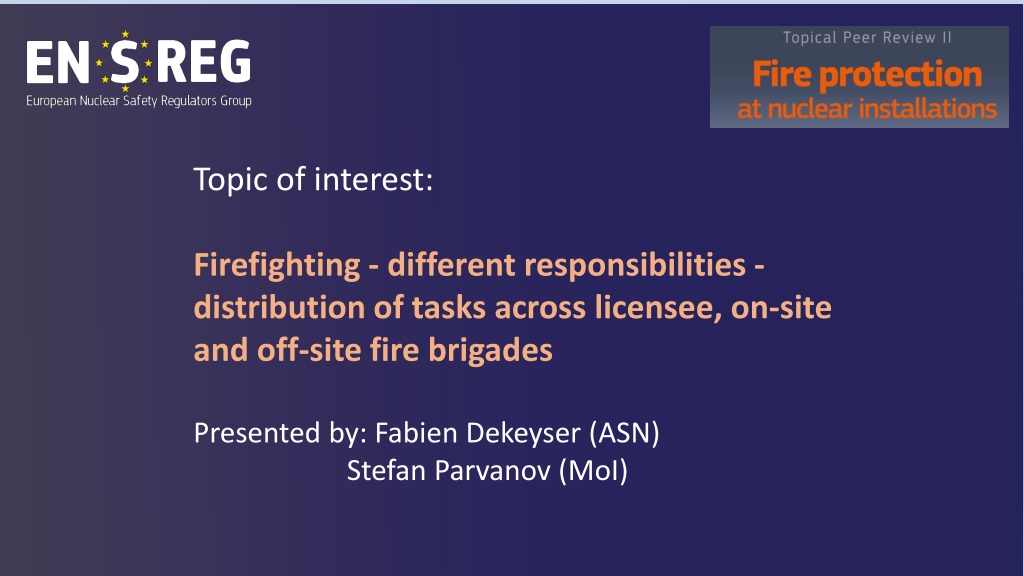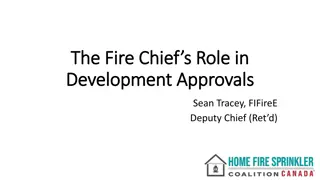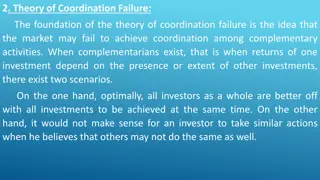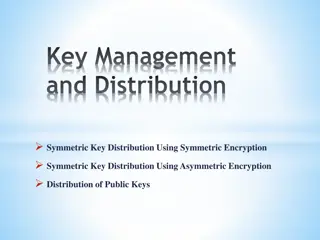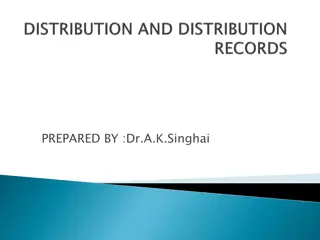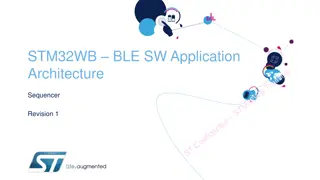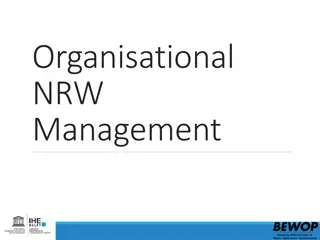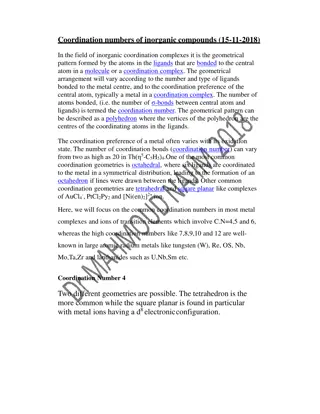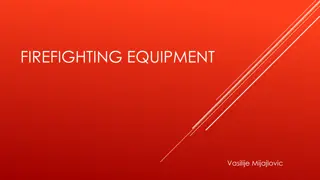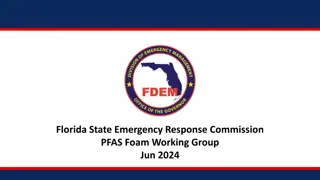Firefighting Responsibilities & Task Distribution: Levels & Coordination
Discussion on different levels of firefighting responsibilities and the distribution of tasks across licensee, on-site, and off-site fire brigades. Topics include detection methods, intervention teams, mutualization agreements, resources, coordination, and expected outcomes for operational efficiency and shared experiences. Insights shared by Fabien Dekeyser (ASN) and Stefan Parvanov (MoI) provide a comprehensive overview of fire protection strategies and organizational coordination.
Download Presentation

Please find below an Image/Link to download the presentation.
The content on the website is provided AS IS for your information and personal use only. It may not be sold, licensed, or shared on other websites without obtaining consent from the author. Download presentation by click this link. If you encounter any issues during the download, it is possible that the publisher has removed the file from their server.
E N D
Presentation Transcript
Topic of interest: Firefighting - different responsibilities - distribution of tasks across licensee, on-site and off-site fire brigades Presented by: Fabien Dekeyser (ASN) Stefan Parvanov (MoI)
Active fire protection Firefighting - different responsibilities - distribution of tasks across licensee, on-site and off-site fire brigades Aspects to be discussed 1. Different levels of firefighting Detection (automatic suppression system / witness) First intervention team (specialized operators) Second intervention team (specialized operators or on-site fire brigade) Mutualization agreement (mutualized on-site fire brigade) Public fire service (Off-site fire brigade) 2. Sizing of different levels, ressources, implantation Resources Responsibilities Training and exercises Time 3. Coordination between on-site and off-site fire brigades Training and exercises Criteria for calling off-site fire brigade Coordination during the fire Multiple events Occurrence of several fire Extreme external event
Active fire protection Firefighting - different responsibilities - distribution of tasks across licensee, on-site and off-site fire brigades Expected outcome of discussion Overview of operational organization between actors from the detection of the fire until its extinction Better insights from national approaches to share experience and identify potential good practices or challenges
Active fire protection Firefighting - different responsibilities - distribution of tasks across licensee, on-site and off-site fire brigades 1. Different levels of firefighting Strategy of implementation of this level Detection (automatic or by witnesses): Presence of automatic extinguishing systems or use of manual extinguishers or other mean like fire hoses by local workers. Approaches reported in NARs: Types of detection and extinguishing: automatic witnesses combined Case/issue/approach All workers can use first extinguishing means ? manual extinguisher fire hoses specific extinguishing systems (for gloveboxes for example) other. Who start to extinguish the fire and with what kind of equipment ?
Active fire protection Firefighting - different responsibilities - distribution of tasks across licensee, on-site and off-site fire brigades 1. Different levels of firefighting Strategy of implementation of this level Action of the first intervention team with light equipment: Generally, specialized operators who are working in the vicinity without specific gear or equipment dedicated for fighting fire. Case/issue/approach Depending on installation, this team can have missions dedicated to reconnaissance and sectorization or to securing the process more than proceeding to extinguish the fire. reconnaissance sectorization checking ventilation system guide the 2nd intervention team direct action on the fire Approaches reported in NARs: Types of first intervention team: specialized operators who are working in the vicinity without specific gear or equipment depending on the type and age of installation, national regulations What are the missions of the first intervention team (having light equipment)? How is it sized ?
Active fire protection Firefighting - different responsibilities - distribution of tasks across licensee, on-site and off-site fire brigades 1. Different levels of firefighting Strategy of implementation of this level Action by the second intervention team with heavy equipment: as specific protective clothing, water jets or vehicles (can be on-site fire-brigade ). Case/issue/approach Approaches reported in NARs: Types of second intervention team: on-site fire-brigade (company or state, mutualized or not) trained staff In the majority of installation, we encountered these types of teams. In some little installation this level is missing, waiting for public fire- brigade from the vicinity. In some case second intervention team may have other task as other emergency operation than fighting fire. depending on the type and age of installation, national and local regulations What are the missions of the second intervention team? Under which delay? Sizing of the team ? Taking into account of multiple fire or extreme event ?
Active fire protection Firefighting - different responsibilities - distribution of tasks across licensee, on-site and off-site fire brigades 1. Different levels of firefighting Strategy of implementation of this level Action by public firefighters (off-site fire-brigade). Case/issue/approach Approaches reported in NARs: Types of public fire-brigade: professional volunteer In most of the cases public firefighters are called, depending on criteria, they are called: immediately after confirmation of the reality of the fire when licensee deems it necessary What are the criteria for calling the off-site fire brigade? What happen in case of important external event (as extreme event or multiple events)?
Thank you for your participation and contributions !
